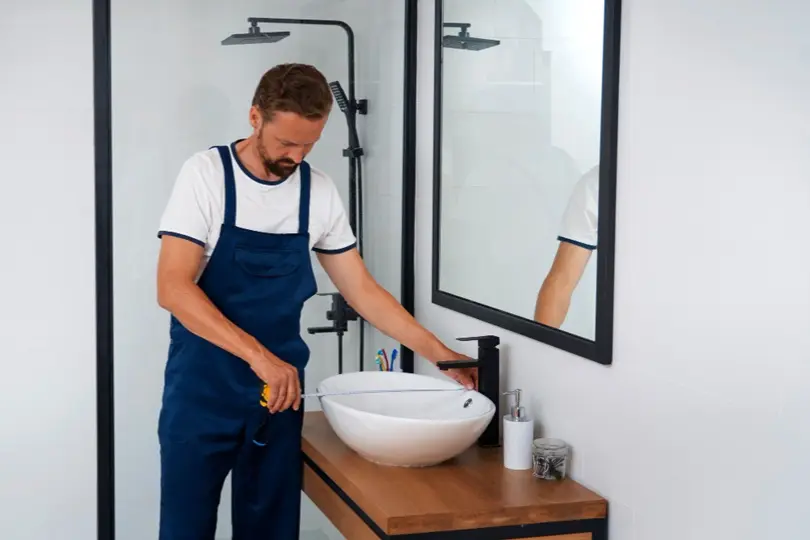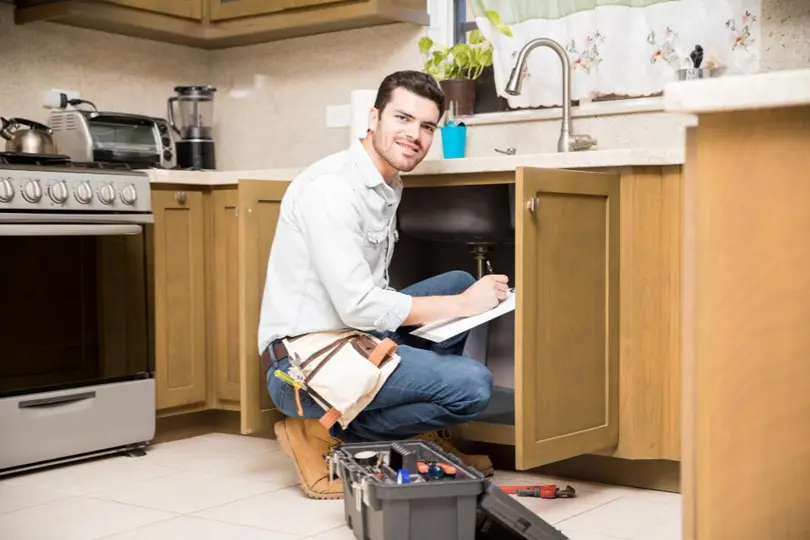
Remodeling a bathroom can completely transform your home’s comfort, style, and value—but only if done right. Before you start tearing down tiles or picking fixtures, there are a few essential things you should know. From budgeting and layout design to material selection and ventilation, careful planning can save you from costly mistakes and delays.
1. Planning Your Budget and Timeline
Ready to tackle that bathroom remodel? Let’s talk numbers and timing. Most homeowners can expect to invest quite a bit of money in their bathroom transformation, with costs varying based on material choices and project complexity. Setting up a realistic budget isn’t just about the obvious expenses; you’ll need to account for materials, skilled labor, and necessary permits, and don’t forget to set aside that crucial contingency fund for those surprise challenges that tend to pop up. While a typical bathroom overhaul takes several weeks to complete, keep in mind that more intricate projects might need additional time. Various factors can affect your timeline, from waiting on special-order materials to coordinating contractor schedules and getting those all-important permit approvals. This approach has been proven effective by industry professionals who understand the nuances involved.
2. Essential Design and Layout Considerations
Getting the layout right can make or break your bathroom’s functionality. Take a moment to consider how you navigate the space and what could be improved. Where should the toilet, shower, and vanity go to create the most efficient flow while meeting building code requirements? Smart storage solutions deserve special attention during the planning phase. After all, nobody wants to end up with nowhere to store their everyday essentials. Built-in cabinets, recessed shelving, and well-thought-out organizational systems can transform a cramped bathroom into a well-ordered sanctuary. Research indicates that consistently implementing these strategies yields measurable results over time.
3. Plumbing and Electrical Requirements

Here’s where things get technical, but don’t worry, it’s manageable with proper planning. Moving plumbing fixtures around might seem tempting, but it can quickly eat into your budget and complicate the project. When it comes to shower storage, many homeowners opt for the elegant solution of adding a shower niche shelf during construction. It’s a perfect way to integrate storage without sacrificing space. Don’t forget about electrical considerations: GFCI-protected outlets are a must, and proper ventilation fans need careful installation. It’s also worth checking whether your current water pressure, drainage system, and hot water supply can handle any fancy new fixtures you’re planning to install. Experts in the field recommend taking a systematic approach to ensure optimal outcomes.
4. Material Selection and Durability
Choosing the right materials means striking a balance between beauty and practicality. Your bathroom floor needs to stand up to water while keeping everyone safe from slips; that’s where options like porcelain tile, luxury vinyl, or natural stone come into play. Wall surfaces should be ready for regular cleaning and moisture exposure, making tile, water-resistant wallboard, or specialty paint excellent choices. While premium materials might make your initial costs higher, they often prove their worth over time through better durability and lower maintenance requirements.
5. Ventilation and Moisture Control
Let’s talk about something that’s often overlooked but absolutely crucial: proper ventilation. Without it, you’re inviting mold and moisture problems into your newly renovated space. You’ll need an exhaust fan that’s properly sized for your bathroom’s square footage, and it must vent directly outside; no shortcuts here. Consider investing in modern features like humidity sensors and timer controls to keep air quality in check even after you’ve finished your shower. Don’t forget about comprehensive waterproofing either, from membrane systems behind tile to careful caulking around fixtures. These details make the difference between a renovation that lasts and one that leads to headaches down the road.
Conclusion
Taking on a bathroom remodel isn’t just about picking pretty tiles and fixtures; it’s a complex project that rewards careful planning and attention to detail. Success comes from understanding all the moving parts: budgeting wisely, timing your project correctly, selecting durable materials, and ensuring proper ventilation. By taking time to consider these essential elements before demolition day, you’re setting yourself up for a smoother renovation journey and a bathroom that’s both beautiful and functional. Remember, partnering with qualified professionals and investing time in thorough planning can help you avoid costly mistakes and create a space that enhances your home’s value while meeting your daily needs.
Implementing these strategies requires dedication and attention to detail, but the results speak for themselves when applied consistently. Professional success in this area depends on understanding both the fundamental principles and the practical applications that drive meaningful outcomes. Organizations that prioritize these approaches typically see sustained improvements in their operations and overall effectiveness.
Photo Credit:
Photo 1, Credit to Freepik || Photo 2, Credit to Freepik (CC0 1.0)




